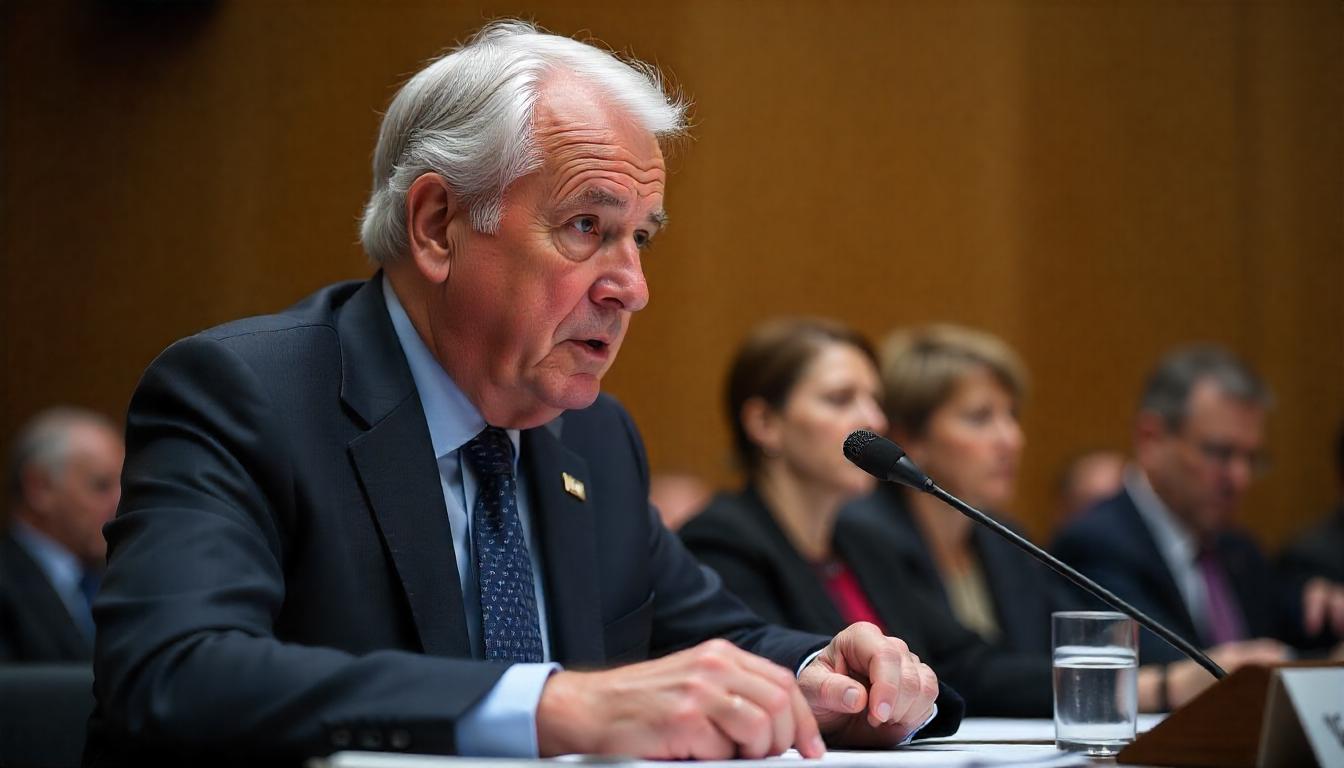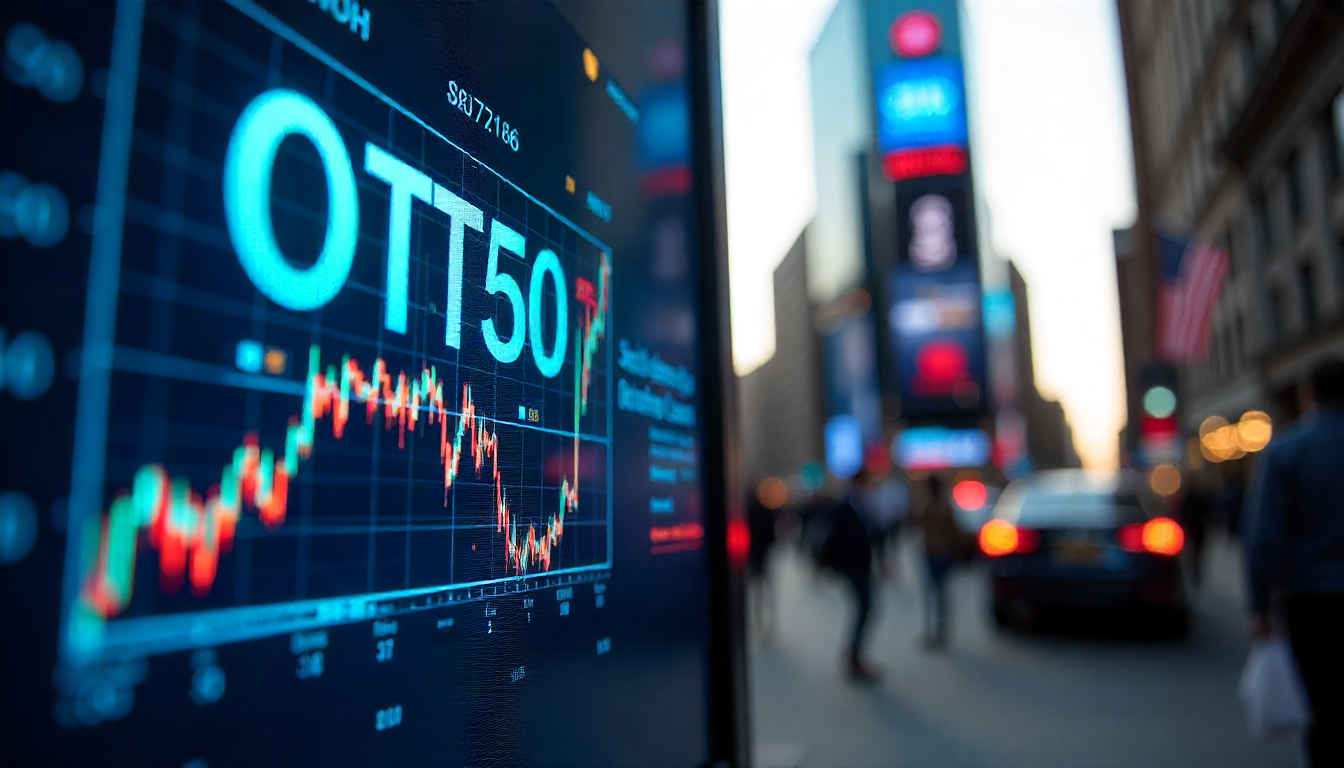Dimon Predicts Treasury Market Chaos Could Trigger Fed Action, Potentially Boosting Bitcoin
JPMorgan CEO Jamie Dimon has warned that the U.S. Treasury market is on the verge of a major disruption, one that could force the Federal Reserve to step in, echoing the actions taken during the early days of the COVID-19 crisis.
During a Friday earnings call, Dimon cautioned that strict banking regulations could lead to a “kerfuffle” in the nearly $30 trillion Treasury market, potentially sparking the need for Fed intervention. He noted that the central bank may not act until market panic ensues, much like the scenario witnessed in 2020.
The warning comes amid rising bond yields and an uptick in market volatility. Investors seem to be pulling back from Treasury trades, adding pressure to a market already under strain due to escalating U.S.-China trade tensions. Dimon highlighted that current regulations are preventing banks from stepping in when liquidity dries up, which could exacerbate the situation.
Recalling the response to the 2020 crisis, Dimon pointed out that the Fed’s massive bond-buying initiative helped restore stability. He has since called for reforms that would allow banks to act more freely as intermediaries in the Treasury market. A proposed solution includes exempting Treasuries from leverage ratio calculations, which would enable financial institutions to purchase more government debt without facing capital constraints.
“If the rules don’t change, the Fed will be forced to intervene, and I think that would be a poor policy decision,” Dimon said.
The U.S. Treasury market is a cornerstone of the global financial system, influencing everything from mortgage rates to corporate bond yields. Dimon warned that a failure to resolve the liquidity issue could have wide-reaching implications across the economy.
In the event of Fed intervention, Dimon speculated that bitcoin (BTC) could become a potential haven for investors seeking refuge from monetary instability, similar to the surge in BTC prices following the Fed’s 2020 stimulus measures. Additionally, the 2020 bitcoin halving could have played a role in driving its price higher.
Share this content:




